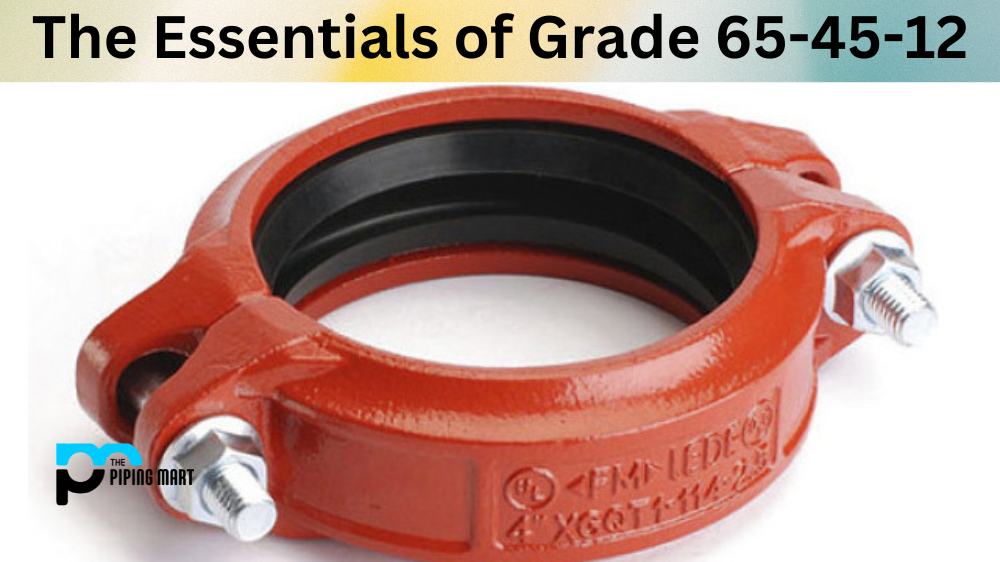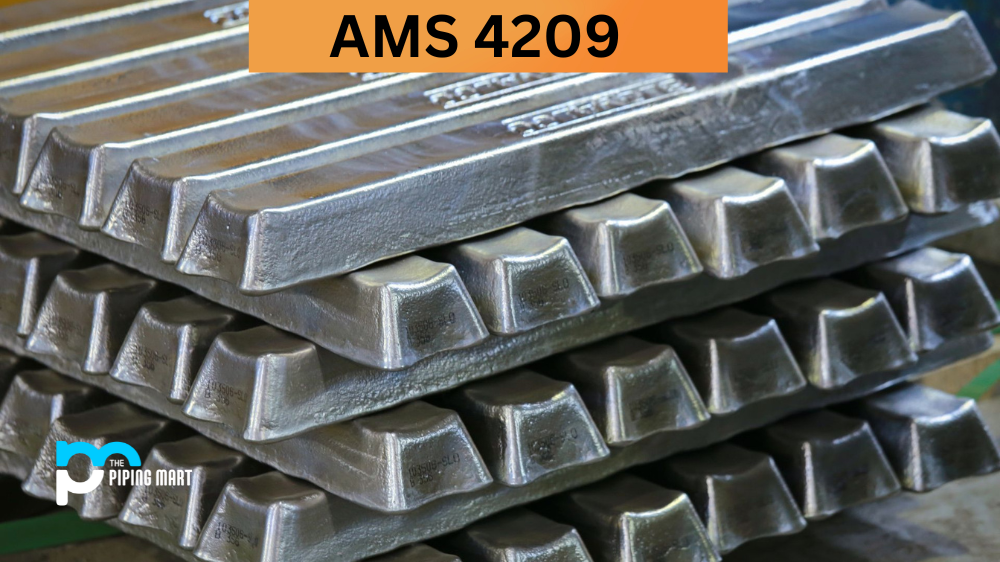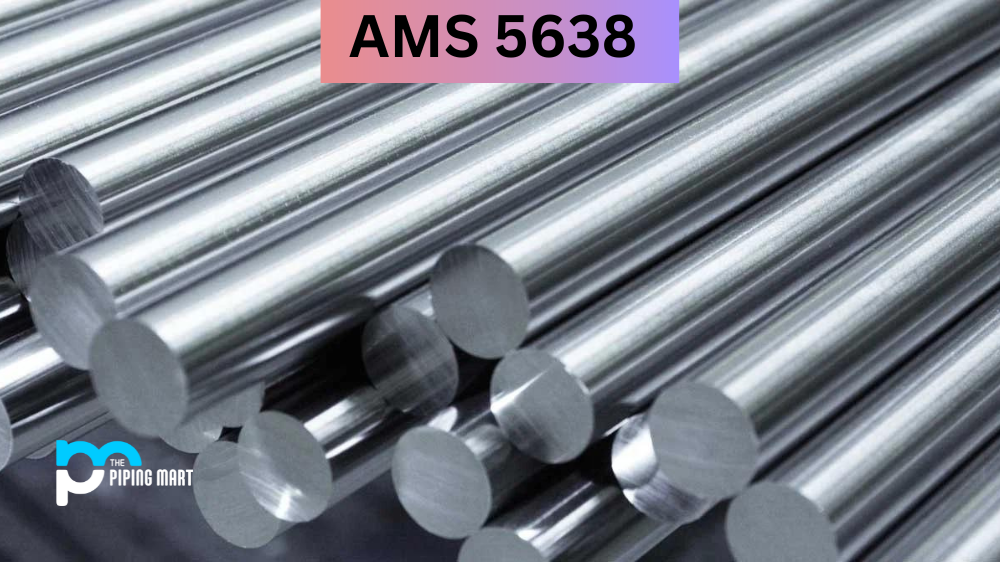In today’s world, different grades of iron casts are used for different applications. One such grade is 65-45-12, which has proved to be a popular choice for different industries, thanks to its excellent physical and mechanical properties. If you want to know more about this grade, you’re in the right place. In this blog post, we’ll dive deeper into the technical aspects of Grades 65-45-12 and try to understand why it has become such a popular choice.
Grade 65-45-12 Composition
ASTM A536 is a type of ductile iron with 65,000 psi minimum tensile strength, 45,000 psi minimum yield strength, and 12% elongation. The chemical composition of the grade includes Iron (Fe), Carbon (C), Silicon (Si), Manganese (Mn), Sulfur (S), and Phosphorous (P). The high flexibility of Grades 65-45-12 makes it an excellent choice for applications that require high tensile strength.
|
Carbon |
Silicon |
Manganese |
Sulfur |
Phosphorus |
|
3.50-3.90 |
2.25-3.00 |
0.15-0.35 |
0.025 max |
0.05 max |
Grade 65-45-12 Physical Properties
In addition to its chemical composition, ASTM A536’s physical properties are equally impressive. The grade has a density ranging from 6.8 g/cm³ to 7.2 g/cm³, a specific heat capacity of 420 J/KG K, and a thermal conductivity of 39 W/m K. The specific heat capacity of Grade 65-45-12 makes it an excellent choice for prolonged heating and cooling applications.
| Density | 0.253 lb/in3 |
| Ultimate Tensile Strength | 72 ksi |
| Yield Tensile Strength | 50 ksi |
| Shear Modulus | 9,500 ksi |
| Shear Strength | 54 ksi |
| Hardness Rockwell | Brinell | B72-96 | 130-217 |
| Elongation at Break Percentage | 18% |
| Reduction of Area | 5% |
| Modulus of Elasticity | 24,000 ksi |
| Poisson’s Ratio | 0.29 |
| Machinability Percentage | 160% |
| Melting Point | 2,050-2,120 °F |
| Specific Heat | 1.2 x 10^-1 BTU/lb-°F |
| Thermal Conductivity | 360 BTU-in/hr-ft^2-°F |
| Electrical Conductivity | 7.4% IACS |
Grade 65-45-12 Mechanical Properties
ASTM A536 has high mechanical properties, making it suitable for use in industries such as manufacturing, construction, and aerospace. The grade has a hardness range of 207-277 HB, a modulus of elasticity of 24,606 ksi, and a shear modulus of 9,506 ksi. Its high strength and modulus of elasticity make it a perfect choice for industrial applications that require high-stress resistance.
| GRADE | TENSILE KSI | YIELD KSI | ELONGATION % | BRINELL HARDNESS | RELATIVE MACHINABILTIY BASED ON ASIS 1212 AS 100% |
| 65-45-12 | 65 | 45 | 12% | 217 MAX | 150% |
Grade 65-45-12 Uses
ASTM A536 finds applications in the aerospace, marine, construction, and automotive industries. Its mechanical properties and flexibility make it an excellent material for producing gears, rollers, pumps, valves, and hydraulic cylinder rods. In addition, Grade 65-45-12 also finds application in critical aerospace components such as engine mountings, compressor housings, and wing components.
Grade 65-45-12 Hardness
One critical factor affecting the performance of Grades 65-45-12 is its hardness. The grade has a hardness range of 207-277 HB, which means it’s moderately easy to machine and can resist wear and tear. With the help of the right heat treatments, it’s possible to increase the hardness of the material further.
Grade 65-45-12 Heat treatment
Heat treatment has a considerable impact on the properties of ASTM A536. The grade’s properties, such as flexibility, strength, and hardness, can be customized to match specific requirements by altering the heat treatment process. The most common heat treatment processes for Grades 65-45-12 include annealing, normalizing, and quenching.
Conclusion
ASTM A536 is a popular ductile iron cast with excellent physical and mechanical properties. It’s chemical composition and impressive physical and mechanical properties have made it an attractive material for various applications in industrial sectors such as construction, aerospace, and marine. Understanding the properties of Grades 65-45-12 is critical to using it in different cross-industry applications. With the right heat treatment and machining processes, optimizing the grade’s properties to meet a specific application’s unique requirements is possible.




